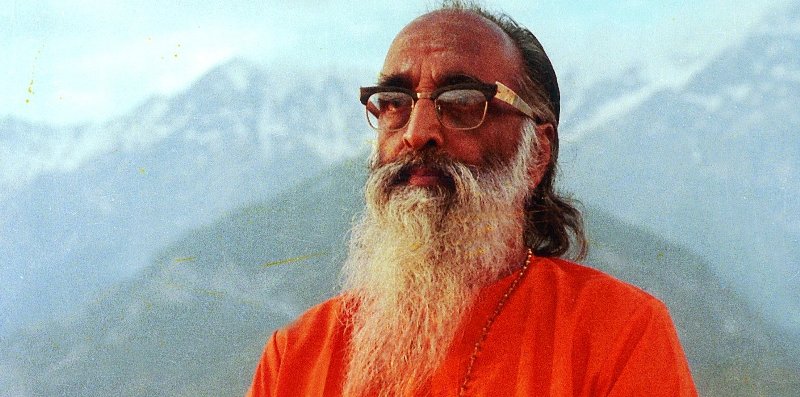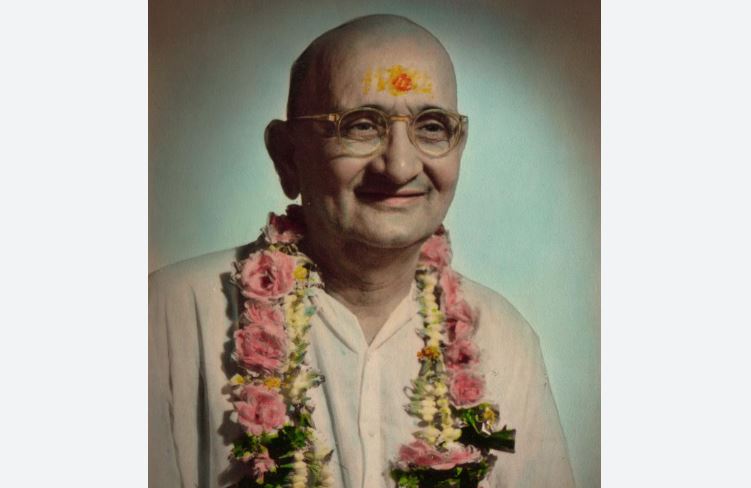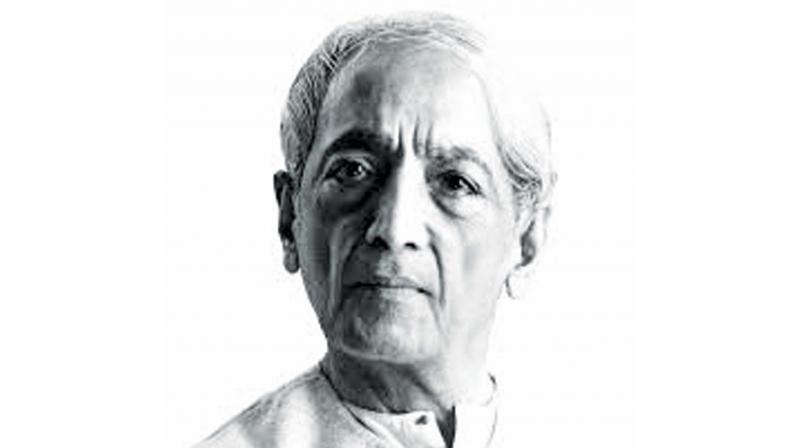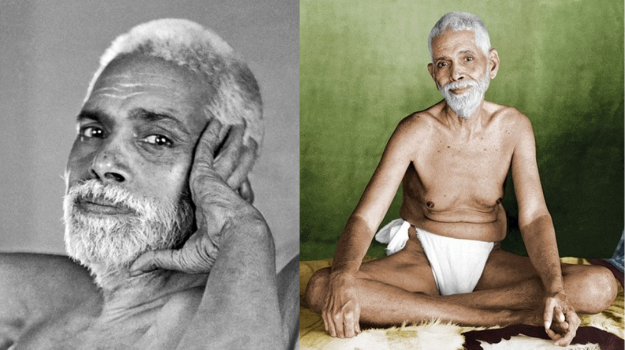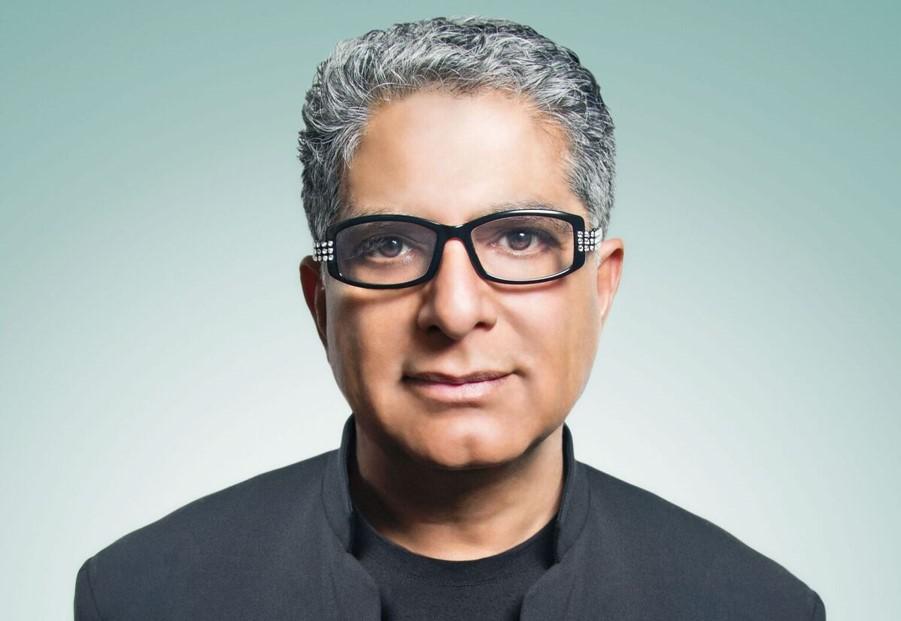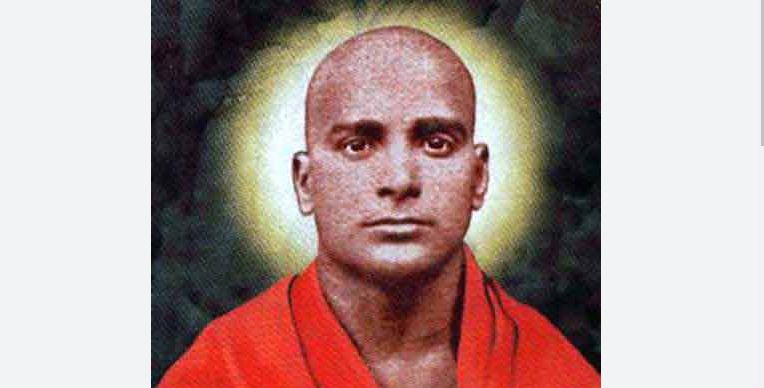Swami Chinmayananda
The three cornerstones upon which the temple of Hinduism has been built are self-control, non-injury and truthfulness. The vast amount of spiritual literature in India is nothing but annotations, amplifications and commentaries upon these three principles. Ancient Indians planned their individual, communal and national life upon these three fundamental duties.
When these values are practiced they enable us to master our mind, which leads to mastery over ourselves, and the world around us. Although these principles are essentially the same in all religions, differences may appear due to the way in which they were presented to meet the needs of the people of the time. These three moral codes of behavior are: self-control (brahmacharya), non-injury (ahimsa), and truthfulness (satyam). They are the source of all values, and refer to the three layers of our personality: physical, emotional and intellectual.
Self Control
The physical body longs for contact with the world of objects in order to gain sense gratification. The eyes wish to see beautiful forms and colors, the tongue craves good food, the nose likes to smell pleasant fragrances and so on. But when we continue to live only for the gratification of our sensual demands, passions multiply and ultimately consume us. To avoid such a condition, discipline (brahmacharya) at the physical level is prescribed. The meaning of the word brahmacharya has been so badly distorted that the real value of this discipline has been lost. Brahmacharya is an attitude of intelligent contact with the world. It does not mean a total denial of the sense enjoyments, but only insists on not overdoing anything. Thus to read, watch television, talk, or walk too much, or to eat a morsel more than necessary would be considered as breaking the vow of brahmacharya. When we live in self-control we discover in ourselves a renewed dynamism, and become pillars of strength in society. If this sacred doctrine is not followed, we abdicate our freedom and become slaves to the ever-changing circumstances of life. Thus, brahmacharya is a value to be lived at the physical level.
Non-Injury
The second discipline, prescribed for the mental level, is non-injury (ahimsa). Ahimsa does not simply mean non-killing or non-injury at the physical level. It is to be understood as a mental attitude regarding our relationship with others. Non-injury is the spirit that should dominate the realm of our motives. Sometimes it is necessary that our actions be cruel although the underlying motive is totally loving and kind. Shakespeare beautifully expressed this idea in Hamlet, “I am cruel only to be kind.” For example, a surgeon may outwardly appear to be cruel while performing an operation but is motive is honorable. Such actions, though causing physical pain, would be considered as ahimsa. Non-injury is not a passive ineffectual attitude. Restraining the wicked to protect the good is the very creed of every true Hindu.
Truthfulness
Satyam or truthfulness is the means to govern our inner world of mind and intellect. The outer world is a great university providing us with innumerable opportunities from which to learn. When these experiences have been well churned in our mind and the intellect has come to a firm decision, we must have the honesty and conviction to act upon it. When we do not make the full use of our mind and intellect, they lose their efficiency and we suffer as a result. Religion constantly reminds us to “Be truthful to your previously gained wisdom.”
Excerpted from practicalphilosophy.in. The 103rd birth anniversary of Swami Chinmayananda was celebrated on May 8

